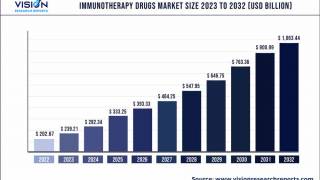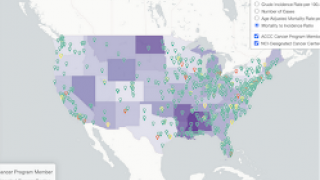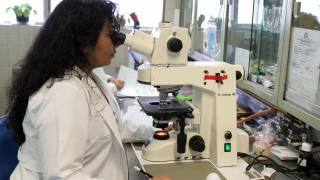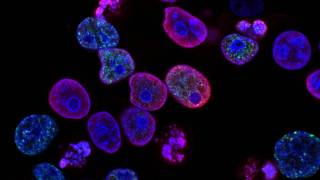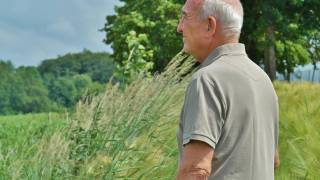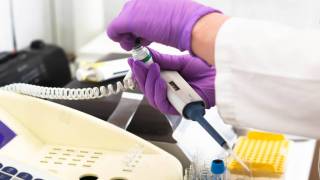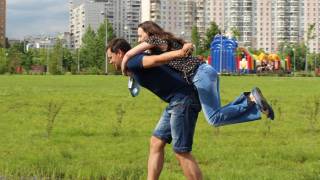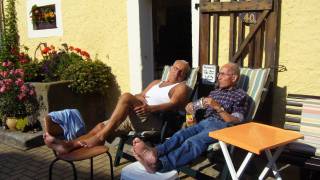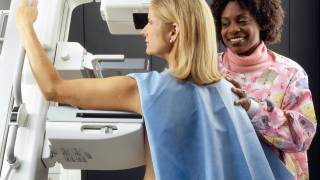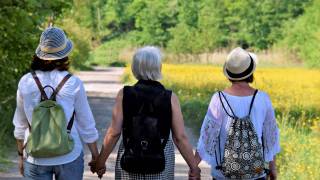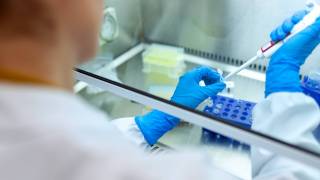HPV Vaccinations Supported by Multiple Studies
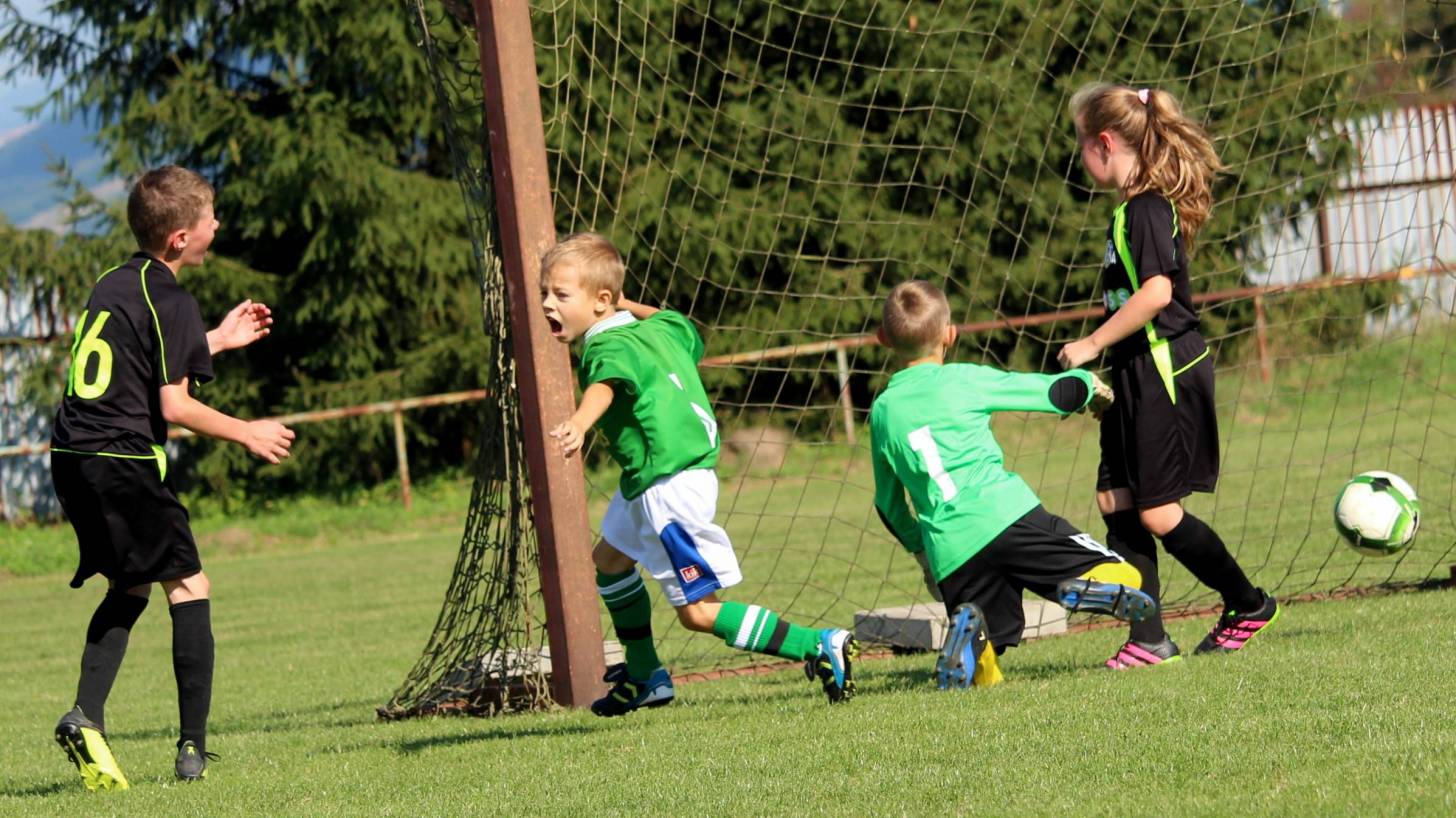
New evidence from various studies clarifies the numerous benefits and potential harms in women and men from different human papillomavirus (HPV) vaccines.
Since most people (80%) who have sexual contact will be exposed to HPV at some point in their life, this new study’s findings are very important.
This study published by the Cochrane Review on November 22, 2019, summarizes the results from 20 randomized controlled trials, which is important because HPV is the cause of almost all cervical cancers.
In most of the studies reviewed, the outcome reported was the production of HPV antibodies by the vaccine recipient's immune system. HPV antibody responses predict protection against the HPV-related diseases and cancers the vaccines are intended to prevent.
An antibody response is often used as a surrogate in HPV vaccine studies because it takes many years for pre-cancer to develop after HPV infection.
Four studies compared a 2-dose vaccine schedule with a 3-dose schedule in adolescent girls and three studies compared different time intervals between the first 2-doses in both girls and boys.
When compared, these researchers identified these antibody responses:
- Antibody responses were similar after 2-dose and 3-dose HPV vaccine schedules in girls
- Antibody responses in girls and boys were stronger when the interval between the first 2-doses of HPV vaccine was longer
The good news the human immune system will eventually clear the HPV infection on its own.
However, an HPV infection can sometimes persist with some 'high-risk' strains of HPV which can lead to the development of cancer.
High-risk HPV strains cause almost all cancers of the cervix and anus, and some cancers of the vagina, vulva, anus, penis, and head and neck.
Other 'low risk', HPV strains cause genital warts but do not cause cancer.
The development of cancer due to HPV happens gradually, over many years, through a number of pre-cancer stages, called intra-epithelial neoplasia.
In a women’s cervix, these changes are called cervical intraepithelial neoplasia (CIN). High-grade CIN changes have a 1 in 3 chance of developing into cervical cancer, but many CIN lesions regress and do not develop into cancer.
HPV-related cancers accounted for about 4.5 percent of cancers worldwide in 2012.
Current HPV vaccines are mainly targeted towards adolescent girls because cancer of the cervix is the most common HPV-associated cancer.
For the prevention of cervical cancer, the World Health Organization (WHO) recommends vaccinating girls aged 9-14 years with HPV vaccine using a 2-dose schedule as the most effective strategy.
And the 3-dose schedule is recommended for older women.
Three HPV vaccines are currently in use around the world:
- bivalent vaccine that is targeted at the 2 most common high-risk HPV types, Cervarix
- quadrivalent vaccine targeted at four HPV types, Gardasil
- nonavalent vaccine targeted at nine HPV types, Gardasil 9
In women, the bivalent and quadrivalent vaccines have been shown to protect against pre-cancer of the cervix caused by the HPV types contained in the vaccine if given before natural infection with HPV.
There was evidence from one study of 16 to 26-year old men that the quadrivalent HPV vaccine reduces the incidence of external genital lesions and genital warts compared with a group that did not receive the HPV vaccine.
There was also evidence from a study of 16 to 26-year old women that compared the nonavalent and quadrivalent vaccines that they provide a similar level of protection against cervical, vaginal, and vulval pre-cancerous lesions.
There was evidence from 7 studies about HPV vaccines in people living with human immunodeficiency virus (HIV).
HPV antibody responses in children living with HIV were higher after vaccination with either bivalent or quadrivalent vaccine than with a non-HPV control vaccine.
These antibody responses against HPV could be maintained for up to 2 years. The evidence about clinical outcomes and harms for HPV vaccines in people with HIV was very limited.
Evidence suggested that up to 90 percent of males and females who received an HPV vaccine experienced local minor adverse events such as redness, swelling, and pain at the injection site.
Due to the low rates of serious adverse events in quadrivalent and nonavalent vaccine groups, and the broad definition of these events used in the trials, we cannot really determine the relative safety of different vaccine schedules.
The lead editor of this review, Dr. Jo Morrison said in a related press release, "We need long-term population-level studies to provide data on the effects of dosing intervals, schedules, and vaccines on HPV-related cancers, as well as giving us a more complete picture of rare harms.”
“However, with fewer doses having a similar antibody response and more extensive evidence from vaccine studies in boys, policymakers are now in a better position to determine how local vaccination programs can be designed.”
“It would be interesting to see how different vaccines influence immunization coverage, but this review and the studies within it were not designed to be able to answer that question,” concluded Dr. Morrison.
In the USA, the Centers for Disease Control and Prevention recommends a 2-dose vaccination regimen for children starting the series before age 15 or a 3-dose regimen if the series is started at age 16 through 26.
Since 2016, the Gardasil 9 vaccine has been the only HPV vaccine available for use in the USA.
Cochrane is a not-for-profit organization with a global independent network of researchers, professionals, patients, carers, and people interested in health.
HPV Cancer Vaccine news published by Vax-Before-Cancer
Our Trust Standards: Medical Advisory Committee


